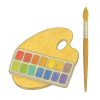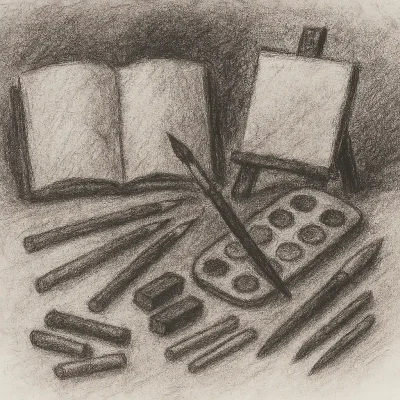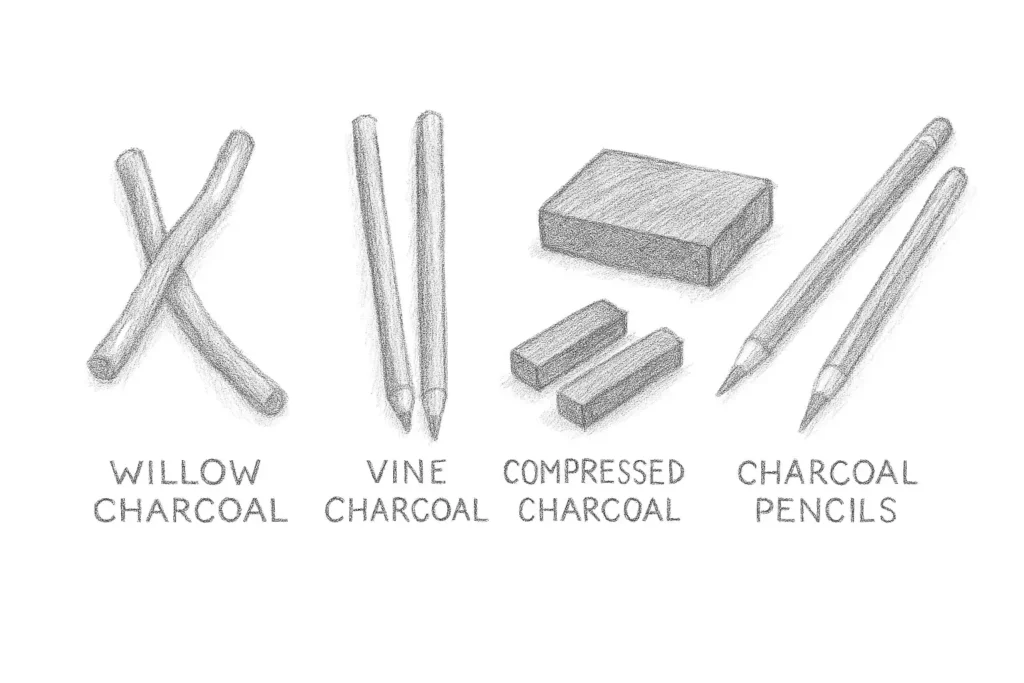Charcoal has always been one of my favourite drawing materials. It’s direct, expressive, and wonderfully unpredictable — a medium that captures both bold gestures and delicate subtleties with equal ease. From quick life studies to detailed tonal work, charcoal encourages you to think in shapes, light, and movement rather than rigid outlines.
In this guide, I’ll share what I’ve learned from using charcoal in my own studio — the types of charcoal available, the papers and tools that make a difference, and the techniques that bring drawings to life. Whether you’re sketching for relaxation or building the foundations of a painting, this guide will help you start with confidence and curiosity.
“Charcoal rewards boldness. The more freely you work, the more alive your drawing becomes.”


 Understanding Charcoal
Understanding Charcoal